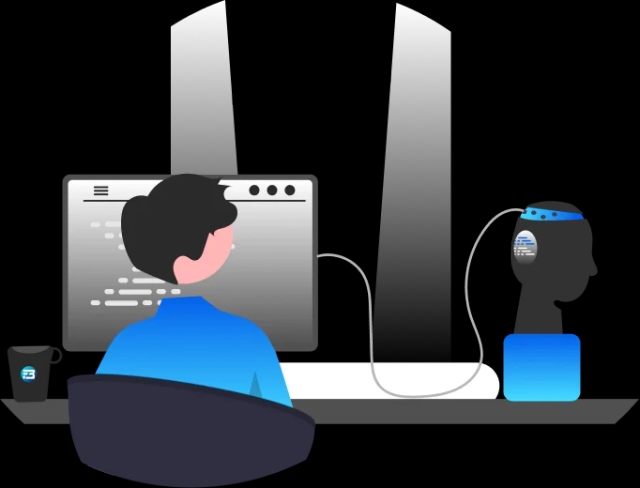Can synthetic data replace real-world data collected by AI data partners?
Synthetic Data
AI Applications
Model Training
In the quest for efficiency and scalability, AI companies often wonder if synthetic data can replace real-world data gathered by AI data partners. While synthetic data offers unique advantages, it cannot entirely substitute the richness and complexity of real-world data, especially in critical domains like healthcare or finance.
Understanding Synthetic Data
Synthetic data is artificially produced information designed to mimic the statistical properties of real-world datasets. Generated through algorithms and simulations, it serves to fill gaps where real data is scarce or to enhance existing datasets for AI training.
Techniques like generative adversarial networks (GANs) are often used to create these datasets, which emulate real-world scenarios without the ethical and logistical challenges of collecting actual data.
The Limitations of Synthetic Data
Despite its advantages, synthetic data presents several challenges that restrict its ability to fully replace real-world data.
In fields like speech recognition or computer vision, nuances such as accents, dialects, and cultural contexts are crucial. Real-world data captures these complexities more effectively than synthetic alternatives.
For instance, speech data collection ensures the inclusion of diverse speech patterns and linguistic variability that synthetic datasets might overlook.
Why Real-World Data Remains Irreplaceable
Real-world data is essential for several reasons.
It reflects genuine human experiences, providing context that synthetic data often lacks, particularly vital in sentiment analysis or conversational AI.
The inherent variability in real-world data, from background noise to natural speech patterns, enhances model robustness that is a quality synthetic data alone cannot achieve.
Moreover, continuous real-world data collection enables AI systems to adapt to changing environments and user behaviors, maintaining long-term model relevance and effectiveness.
The Power of Combining Synthetic and Real-World Data
The strategic integration of synthetic and real-world data can maximize AI model performance.
Synthetic data can be used to identify and address gaps in real-world datasets, guiding targeted data collection and improving overall performance.
For example, integrating synthetic data with speech annotation workflows can enhance the quality of training datasets by introducing controlled variations and balancing representation.
Conclusion
While synthetic data brings valuable benefits, scalability, privacy protection and cost efficiency, it cannot fully replace the depth and authenticity of real-world data.
AI strategies that effectively integrate both synthetic and real-world data will yield the most robust, high-performing systems capable of adapting to real-world challenges.
FutureBeeAI stands ready to help organizations navigate this complex landscape, ensuring both synthetic and real-world data are leveraged to their fullest potential.
What Else Do People Ask?
Related AI Articles
Browse Matching Datasets
Acquiring high-quality AI datasets has never been easier!!!
Get in touch with our AI data expert now!








